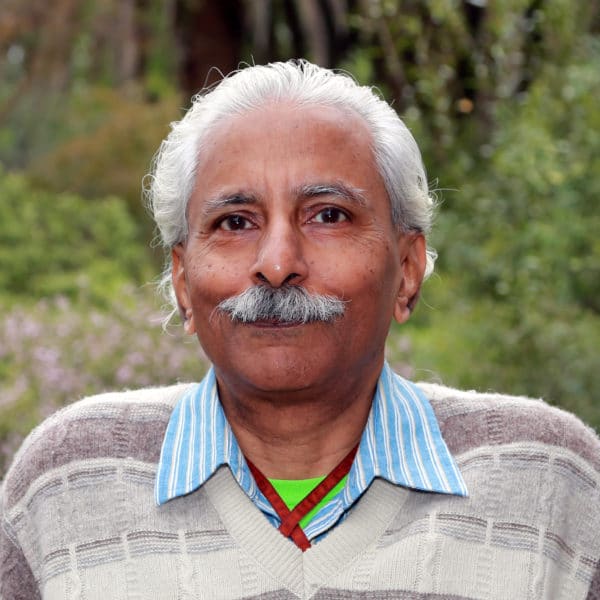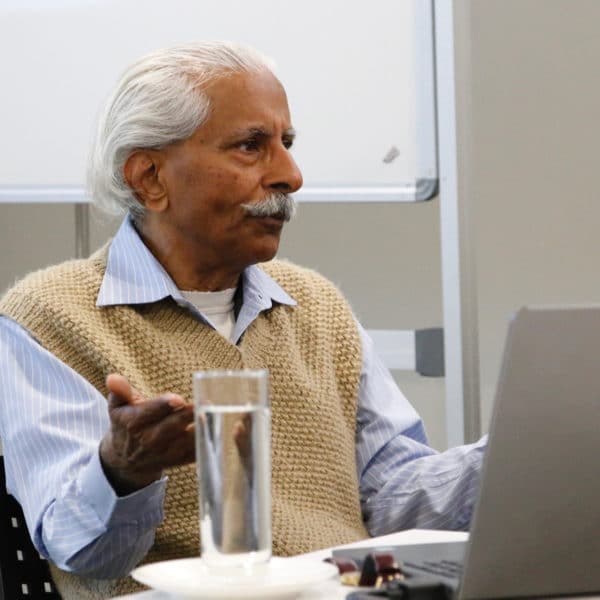When a unit of description makes way for a second unit that consists of many members of the first, the notion of individuality, which initially referred to the ‘one’, now refers to the ‘many’. The transition is central to language, art and music, and also to physics and chemistry. In biology, two major events in the past resulted in the embodiment of the individual changing suddenly (so to speak) from a single cell or organism to a group of cells or group of organisms. Both are recognised as major evolutionary transitions. Curiously, unlike almost any other major step in evolution, there are species in which the transitions keep taking place in the present. Primitive soil amoebae known as the cellular slime moulds are a well-studied example. They open up the possibility of inferring what steps might have underpinned the transitions in the past. The evidence on hand raises the interesting hypothesis that pre-existing cellular properties, rather than newly arisen genetic capabilities, may have played a significant role. The project is aimed at examining the hypothesis critically. A second aim is to engage with the STIAS community in order to learn how similar transitions are viewed in other disciplines.
Menu
Related news
Related news
Related publications
Related publications
Book/Book Chapter
Levine, Herbert, Mohit Jolly, Prakash Kulkarni and Vidyanand Nanjundiah. 2020. Phenotypic Switching. Implications in Biology and Medicine. Academic Press https://www.elsevier.com/books/phenotypic-switching/levine/978-0-12-817996-3
Journal Article
Nanjundiah, Vidyanand. 2019. Many roads lead to Rome: Neutral phenotypes in microorganisms. Journal of Experimental Zoology Part B: Molecular and Developmental Evolution, jez.b.22909. https://doi.org/10.1002/jez.b.22909
Share this project:
Share on whatsapp
WhatsApp
Share on email
Email
Share on facebook
Facebook
Share on twitter
Twitter
Share on linkedin
LinkedIn
Is any information on this page incorrect or outdated? Please notify Ms. Nel-Mari Loock at [email protected].


